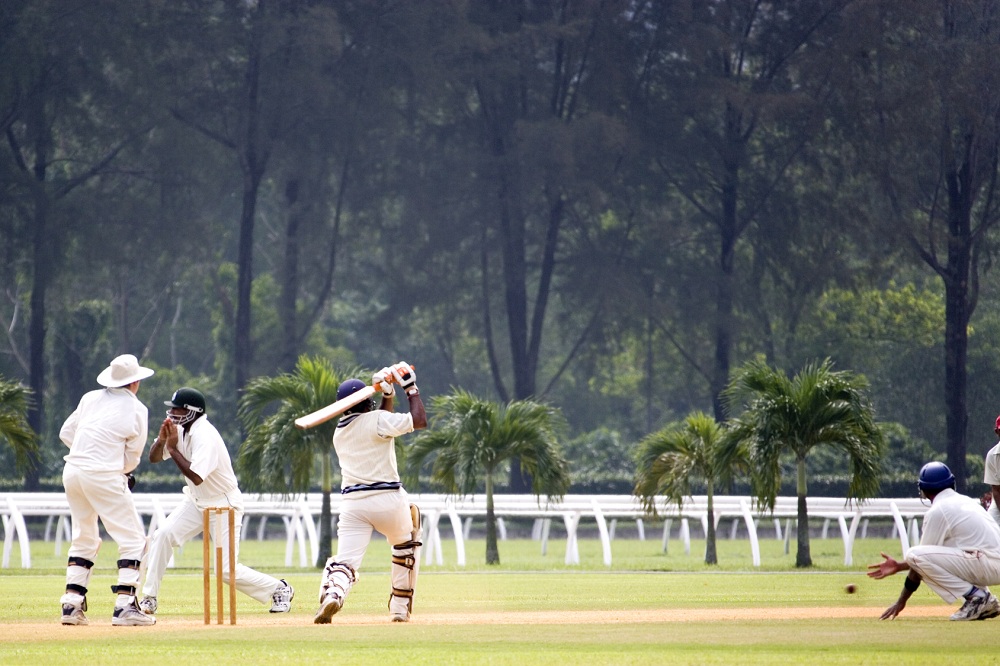Cricket Betting Tips: Test Matches

Introduction
The first test match was played between England and Australia at the Melbourne Cricket Ground (MCG) in 1877. Since then there have been hundreds more matches, which, purists insist, is the best form of the game.
Test cricket though is less popular than it once was, with younger audiences preferring one day matches because they offer greater excitement and the certainty of a result. Nevertheless, there are still many betting opportunities for those who want to bet on test matches.
As a general rule, anybody who wants to indulge in any form of sports betting is advised to conduct some research first. Fortunately, cricket is a game of statistics, so there is always a wealth of information available to inform any strategy.
Home Advantage
One of the first things to appreciate is that teams playing at home start with an innate advantage. They have grown-up in these conditions and playing on these types of pitches and have developed the type of game that is suited to them.
That means that players from England will know how to bowl seamers that move off the pitch and through the air, whilst those from the Indian sub-continent tend to be naturally more adept with spin.
This home advantage can sometimes negate the strength of visiting teams.
The Toss
Winning the toss can be crucial when it comes to deciding who wins a test match. The side that wins the first can bowl first when the bowling conditions are in their favour or choose to bat when the pitch is at its most even, and the ball comes on to the bat evenly.
That is why it is recommended that no bets should be laid on a test match before it is known who has won the toss.
The Draw
It Is important to realise also that a fair number of test matches end in draws. Games can last up to five days and may be vulnerable to weather delays. Equally, wickets are now covered, meaning that they favour batsmen, resulting in games that produce a lot of runs, but comparatively little excitement.
One day matches tend to produce a result, especially if the competition uses a decider, like a “Super Over”.
Armed with these basic facts then the most typical types of test match betting are:
Match Outcome
This is the most common type of cricketing bet, and has only one of three possible outcomes – home win, draw or away victory. Study the form of the two teams but do not forget to consider the toss, and who is playing at home.
Series Winner
A variation on this is who will win a series if the two teams are playing more than one test match during an opposition’s tour.
Over/Under Score
This is another popular wager in all types of sports betting. The bookmaker – or sports book – will post a figure of the number of runs that either one side, or both, will score either in an innings or in the course of a match. The bet then is to decide whether the actual runs scored will be greater or less than that mark.
Top Batsman
This is a bet on who will score the most runs for a team in the match or an innings. Where they bat in the order indicates their relative strengths, but look at their form coming into the match, and their previous ability to handle the type of bowler that their opponents’ field.
Top Bowler
This is the opposite bet – a wager on which bowler will take the most wickets in a match or the innings. Form is an important guide but also conditions. Some pitches may suit spinners and others will be more appropriate for seam bowling.
Man of the Match/Player of the Series
Again, this is a popular bet, and involves placing money on who will be named Man of the Match or Player of the Series.
Weather Delays
A more exotic bet is to wager whether there will be rain or other weather delays during a test match. Games can last five days, so such interruptions are not uncommon, especially in certain countries.








